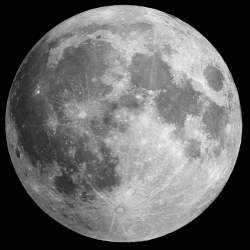
Astrobotic’s autonomous Autolanding System successfully directed a suborbital rocket called the Xombie (pronounced zombie, in case you’re wondering) to perform a simulated moon landing remotely and without astronauts at the controls at a remote landing strip in the desert of Southern California.
This is a big deal as the race to privatize space continues unabated, witness the Herculean efforts of Elon Musk and ,to a lesser extent, Richard Branson, and small space companies like Astrobotic, based in Pittsburgh, are leading the charge.
While NASA supplied and paid for the rocket, it was Astrobotic chief executive John Thornton and his small team that designed the landing system and installed it on the NASA rocket. Incredibly, the Autolanding System vectored the craft to a soft landing while intuitively avoiding simulated “space” debris on the landing field in the Mojave Desert. All on its own.
“We bolted the guidance system to the rocket, it went up to 250 meters, and then simulated a lunar trajectory down to the surface, just as if it were landing on the moon,” Thornton told VentureBeat. Astrobotic’s chief tech guru Kevin Peterson elaborated.
“Conceptually, this is like the Apollo missions where the astronauts navigated to a safe landing by looking out the window of the LEM (Lunar Excursion Module),” he said. “In this case, we have an onboard computer instead of an astronaut, and the cameras, IMU (Inertial Measurement Unit), and software are so precise that they can track the craft’s location to within a few meters.”
